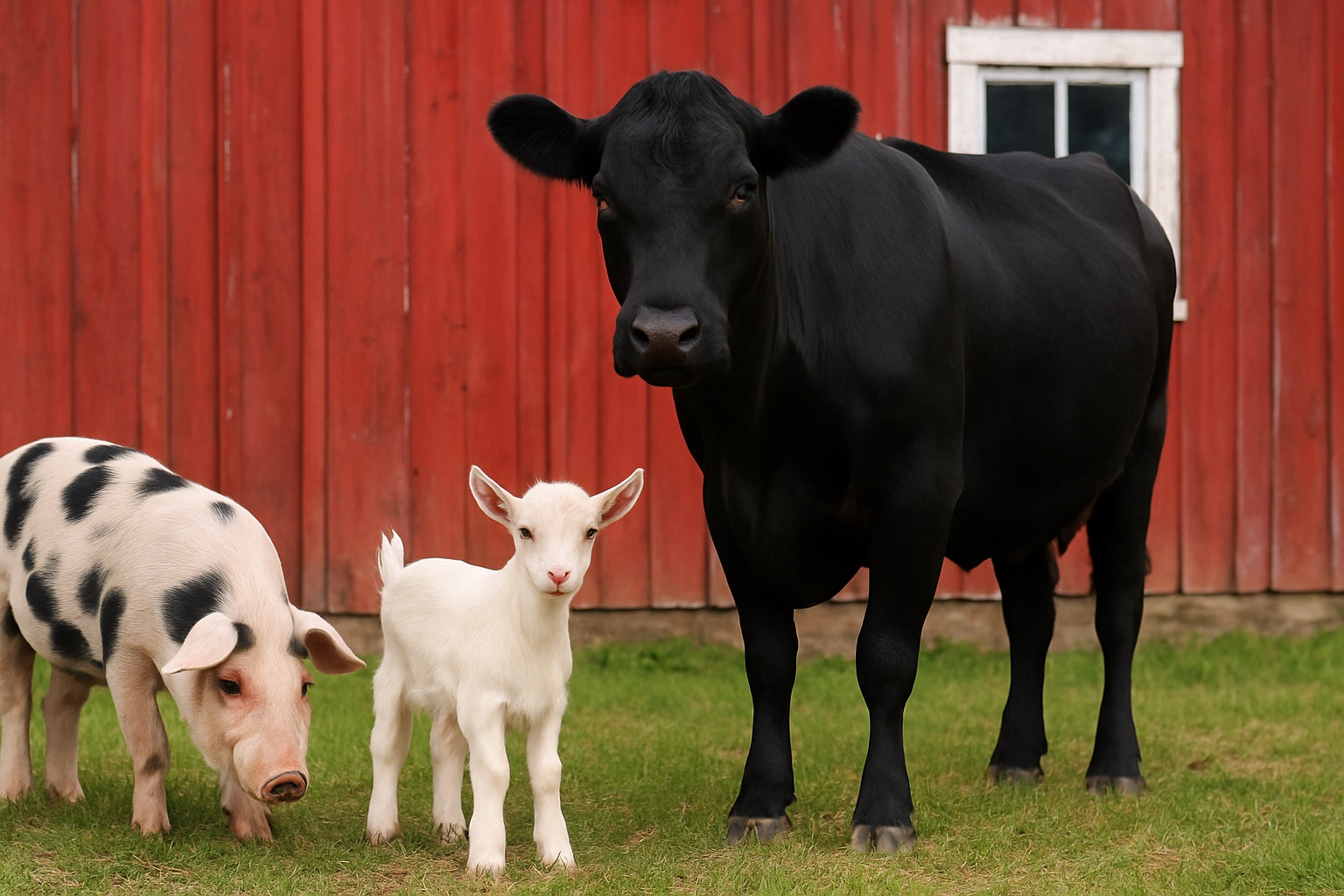LITTLE ROCK – An abnormally dry late summer and fall figure to play a part in the nine-day opening section of Arkansas’s 60-day duck season, which starts statewide Saturday morning, 30 minutes before sunrise.

Managing Editor Arkansas Wildlife Magazine

Several of the Arkansas Game and Fish Commission’s public hunting areas have had good amount of available food and cover for migrating waterfowl, and the AGFC has been able in some areas to pump up the moist-soil units and green timber of some wildlife management areas in the runup to the 2022-23 season. But other areas suffered from drought in establishing food acreage, and several greentree reservoirs and moist-soil units are either dry or not well covered in water. “I don’t think it’s the worst (dry period) we’ve seen since I’ve been here, I don’t think I’d go that far. It’s just really dry. Our climate is dry in September, October and November anyway. This just happens to be especially dry,” Luke Naylor, the AGFC’s Wildlife Management Division chief, said. “We’re not getting any changtes. Nothing is on the horizon that it’s going to change any time soon.”
Long-range forecasts that Naylor has seen don’t show any major rainfall coming through the next month.
The dry conditions have also affected the availability of fields in the AGFC’s Waterfowl Rice Initiated Conservation Enhancement program. The program, when Arkansas finally sees enough water where landowners and farmers can flood their fields or where water can moisten the soil enough for it to stick around, will have up to 72 field available throughout the state for winning permit holders to hunt over a full weekend. But for opening weekend, only 40 fields were made available for application to obtain permits on opening weekend.
The landowners who are part of the WRICE program aren’t allowed to pump water from wells, so the best they can hope for is surface water, which is limited, Naylor said. They need rainfall and runoff, too.
Those hunters seeking permits for the WRICE fields need on Thanksgiving weekend to apply between 3 p.m. this Thursday and midnight Sunday to win spots for the following weekend. Winning applicants will be notified Monday of their success and provided a map to their field.
Despite the limited areas of water, ducks have begun migrating into the state, Naylor said. “A bunch of ducks moved in or were on the move this past weekend. The central part of the country was seeing a lot of duck movement after this last cold front. There’s just not too many places for them to stay for very long around here.”
Anecdotal reports indicated that that good numbers of snow geese were beginning to arrive as well. They’re following up an impressive number of greater-white fronted geese (specklebellies) that had settled into the Grand Prairie around Arkansas County and surrounding areas over the past several weeks. One hunting source of the Waterfowl Report indicated that he had seen quite a few ducks and geese while hunting in northern Missouri, where the season had opened two weeks ago.
Naylor said that if Arkansas hunters “have the water, you’ll have a decent migration. I imagine the hunting success that people do have will not last long.”
Last year was dry in Arkansas at this time, but this year seems to have topped it. Some favored huntin5.g areas like Buckingham Flats and Temple Island in the George H. Dunklin J. Bayou Meto WMA have no huntable water. While the areas in Steve N. Wilson Raft Creek Bottoms that contain the Youth and Mobility-Impaired blinds have 100 percent water coverage, nearly everywhere else in Raft Creek Bottoms ranges from no water to a maximum of about 60 percent coverage, meaning boating in the WMA likely will be challenging, Naylor said. Walking to the areas where there is water may be a better option. The White River at Georgetown was only at 4.32 feet and slightly rising as of Wednesday, Nov. 16. The Cache River gauge at Patterson, which is a good indicator of the water level in the Rex Hancock Black Swamp WMA in east-central Arkansas, was very low at 3.7 feet on Wednesday, and there was little if any huntable water there. Sheffield Nelson Dagmar WMA has only about 10 percent water coverage in its units, three of which (Conway George Units) are available by permit draw on weekends.
Pumping of waterfowl impoundments at Ed Gordon Point Remove WMA in the Arkansas River Valley began Oct. 31 and will continue as water levels in Point Remove Creek allow. Coverage in the different hunting areas at Ed Gordon range from nothing to 40-60 percent coverage in several areas, with one area (Racetrack) being estimated at 80 percent coverage. A dry summer led to several units in Frog Bayou WMA being fallow-disked in preparation for next season, but there are good stands of moist-soil vegetation in other units and water coverage through pumping has been good in about half the WMA.
Hunting for greater white-fronted geese opened Oct. 29 and briefly closed on Nov. 11, before it will continue with the opening of duck season. There are two “splits” between the three sections of Arkansas’s duck season, which specklebelly season and other goose seasons will also run concurrent. The first closure is between Nov. 28-Dec. 9, with waterfowl season reopening 30 minutes before sunrise Saturday, Dec. 10. The second closing “split” is for the Christmas holiday, Dec. 24-24, with the final section of duck season reopening 30 minutes before sunrise Dec. 26. The season closes at sunset Jan. 31.
The dates for the Special Youth Waterfowl Hunt and Special Active Duty Military and Veterans Hunt are Dec. 3 and Feb. 4, both on a Saturday.
Daily bag limits are the same as recent years. Hunters make harvest a bag limit of 6 ducks, which may include no more than 4 mallards (2 hens), 1 scaup, 3 wood ducks, 1 pintail, 2 redheads, 2 canvasbacks, 2 black ducks or 1 mottled duck. Beyond those exceptions, the limit is up to 6 ducks of a species, including teal. The merganser daily bag limit is 5, with only 2 hooded mergansers allowed. The daily bag limit for coots is 15. Non-lead shot must be used for waterfowl hunting in Arkansas. The possession limit for ducks, coots and mergansers is three times the daily bag limit.
* * *
Remember that all hunting on WMAs ends a noon, with the exception of the Youth and Special Active Duty Military and Veteran Waterfowl Hunts on all WMAs, as well as the last day (Jan. 31) of the season. Shooting time is allowed from 30 minutes before sunrise and ends at noon. Waterfowl hunters must be off water-inundated areas or natural/man-made water courses by 1 p.m. (by NOON on Dave Donaldson Black River WMA and George H. Dunklin Jr. Bayou Meto WMA) during regular duck season except where noted in WMA-specific Details. Waterfowl hunters must be off water-inundated areas or natural/man-made water courses by 6:30 p.m. on the last day of regular duck season and during the Youth and Special Active Duty Military and Veteran Waterfowl Hunts on all WMAs.
Also, in addition to your hunting license and state and federal waterfowl stamps (signed on the front), you must also have proof of Harvest Iniformation Program registration. Once you have filled out THIS YEAR’S HIP information (you can do this online at www.agfc.com, “Buy Licenses/Check Game” tab), that information is maintained on the licensing website. Should you be questioned by an Enforcement Officer in the field, your HIP registration will show up. Failure to register, though, could result in a citation.
All hunters who wish to pursue doves, ducks, geese and other migratory birds in Arkansas must register for the Harvest Information Program. Along with the AGFC’s website, hunters can register through the AGFC’s smartphone app or at an AGFC regional office or nature center. The nationwide HIP program was initiated by the U.S. Fish and Wildlife Service in cooperation with states in 1999 to gather consistent information about how many birds of each species were being harvested across the country and how many hunters pursued the.
All hunters who wish to pursue doves, ducks, geese and other migratory birds in Arkansas must register for their free Harvest Information Program either online at, through the Arkansas Game and Fish Commission smartphone app or at an AGFC regional office or nature center.
The nationwide Harvest Information Program was initiated by the USFWS in cooperation with states in 1999 to gather consistent information about how many birds of each species were being harvested across the country and how many hunters pursued them.
How HIP derives total harvest estimates by state goes far beyond the simple questionnaire you fill out during your registration. According to Luke Naylor AGFC chief of wildlife management, those questions are used to categorize all migratory bird hunters by the number of migratory birds they harvest so proper surveys can be distributed. The real surveys used in HIP are hunter diaries, submitted from a handful of hunters, and wing surveys, where certain hunters are asked to mail in a wing of each bird they harvest during a season for verification of species, age and sex.
“A few thousand hunters are chosen each year for those two surveys, and they decide who gets those surveys based on categories developed from responses to the registration questions,” Naylor said.
Unfortunately, because the HIP registration is free, many hunters who do not hunt migratory birds have still registered “just in case.” Naylor stresses that hunters who don’t plan to pursue migratory birds shouldn’t register, and hunters who do register be as honest as possible about the actual number of birds they harvested last season.
“That data is very important to harvest estimates used in harvest management, including determining regulations such as season structures and limits,” Naylor said. “If we’re not working with good data, we’re not able to manage the populations for the best benefit of the birds or the hunters.”
* * *
Hunting in Steve N. Wilson Raft Creek Bottoms WMA is by permit only, with a online draw used on weekends. Online draws are also used for Sheffield Nelson Dagmar WMA and for Cypress Bayou WMA and Red Cut Slough.
A total lack of water and dry conditions have made Red Cut Slough unhuntable at this time and it is not part of the permit process.
To read more about the permit process and what areas are available in which to apply, visithttps://www.agfc.com/en/hunting/migratory-birds/waterfowl/special-waterfowl-permit-hunts/.



